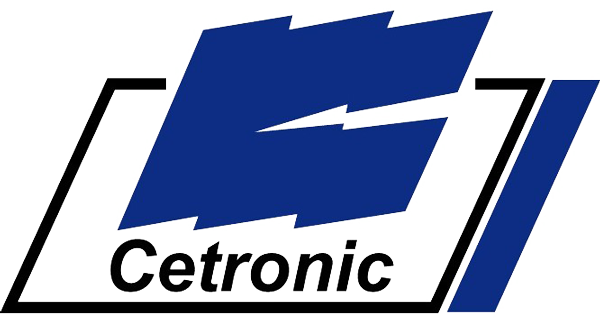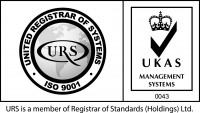There are two points you must look at when selecting a UPS system:
- The amount of power you want to draw from the system (load)
- The battery back-up time you need in the event of a power failure.
Power Requirements
The amount of power you need the UPS system to supply, this is in VA or Watts.
This information is available from the equipment rating labels or datasheets and may be specified in Amps, Watts or VA. Don’t worry if you end up with a mixture of all three, Cetronic can cross-reference the figures you have. Get in touch so we can do this for you.
Power monitoring can be performed to get an accurate reading of the power being consumed. Power monitoring will be able to help understand your power requirements.
You will need to also plan for future power requirements. Ask yourself questions, for example; is the power needed going to increase dramatically? Are we planning on growing the company in the future? Some UPS systems are modular and can grow with your business.
It is often impossible to accurately predict future requirements, therefore it is important to oversize the UPS you choose. The reason for this is that any UPS you buy will be expected to last at least 5 years, and larger units should be expected to last for anything up to 15 years.
Battery Back-up Time (Autonomy)
UPS back-up times vary from about 5 minutes to many hours.
In the event of a long power outage “what do we want to do”?
- Shut down the servers and wait until power is restored. In which case “how long does it take to shut down the critical equipment?”
- Have a longer backup time in order to shut down a large database, or manually shut down certain applications. In which case “how long does it take?”
- Keep key personnel, the telephone system or communications to remote sites operational. In this case a longer backup time will be required. “How long?”
- Depending upon the UPS size, if you are considering a long autonomy, it may be more economical to install an emergency generator, which will run for as long as it has fuel. You could then reduce the UPS battery back-up time and offset the battery cost saving against the generator cost.
Computer room air-conditioning units are not normally powered by the UPS, and the server room may overheat quite quickly during a mains power failure. An emergency generator could power the air-conditioning units and the UPS.
Communications
Depending upon the location of the UPS, remote communications may be required to ensure the user is fully aware of the UPS operational status.
All UPS’s provide audible and visual alarm signaling, however, should the UPS be remote from the user, i.e. in a computer room or plant room, it is important that key personnel are kept informed.
Most UPS systems come with an RS-232 port for local communications with a PC, however, options for many systems include:
- SNMP Communications Card – to enable network communications with servers and users. This also enables text messaging and e-mailing of UPS status changes.
- Remote Alarm Panels – Provides remote audible and visual alarms in a manned area.
To aid UPS communications with building management systems (BMS) and other control devices, there are a variety of adaptors available, such as MODBUS/JBUS, RS-485, Profibus DP etc.
Return to our FAQ page





